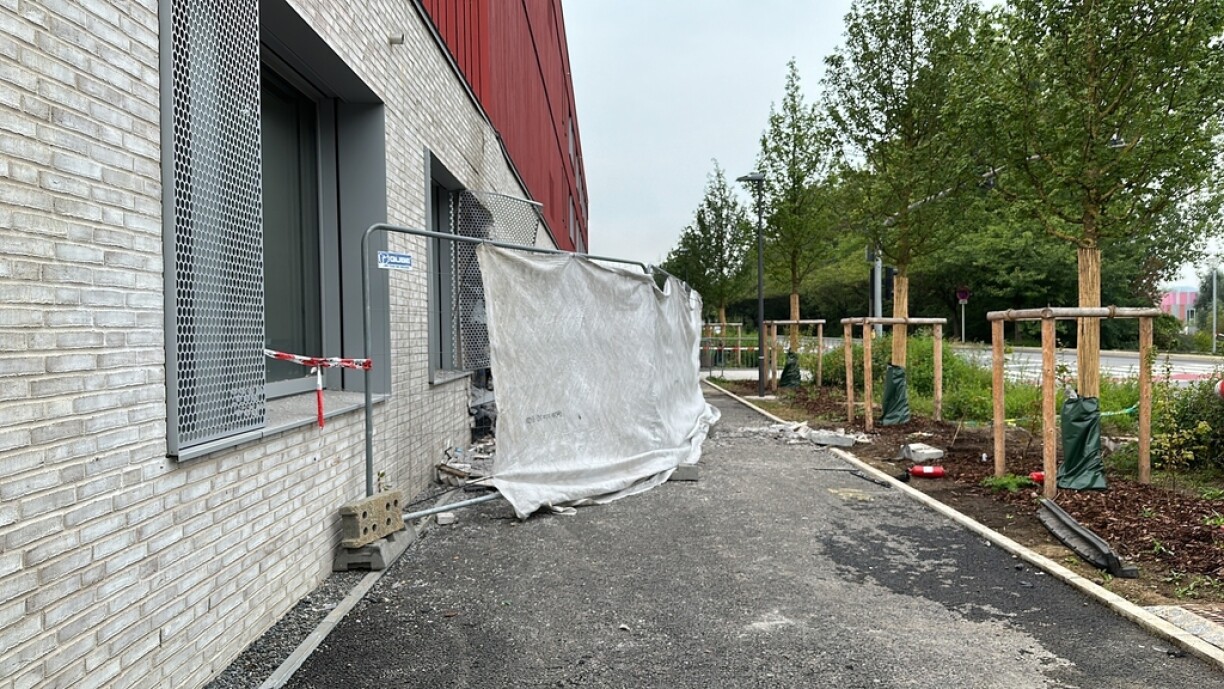
The sequence of events leading to the incident began with a disturbance report on the evening of 28 August, around 10pm, in Niederkorn. According to information obtained by RTL, the man was reportedly trespassing in his ex-wife’s garden.
According to the police bulletin, the situation escalated when the motorist drove towards a police patrol dispatched to intervene. This marked the beginning of a high-speed chase along the A13 in the direction of Esch. During the pursuit, the driver reportedly reached speeds of approximately 180 km/h, evidently attempting to evade the police.
The chase ended at the intersection of the Lankelz ring road and Boulevard Grande-Duchesse Charlotte, where the motorist collided head-on with the wall of a primary school. Investigators found no brake marks at the crash site. The vehicle then caught fire, prompting police officers to attempt to extinguish the flames. By the time emergency services arrived at the scene, the driver was already dead.
The public prosecutor’s office has confirmed that an investigation is underway to establish the precise circumstances surrounding this accident, with an autopsy having been conducted.
The police communication unit refrained from providing further details regarding the 28 August accident in Esch. However, they did shed light on the circumstances that generally lead to police pursuits — namely, when a suspect attempts to evade a police checkpoint.
Police officers undergo extensive training to minimise risks in such situations. Beyond theoretical instruction, officers stationed at police stations are required to pass a safety-focused driving test at Colmar-Berg.
Authorities emphasise that police officers often make split-second decisions, with pursuits being no exception. Factors such as the nature of the offence, the suspect’s behaviour, weather conditions, and the time of day all play crucial roles in these assessments, according to the police press office.
Specific guidelines govern police pursuits. For instance, the passenger typically activates sirens, the driver anticipates potential errors by other motorists, and risky manoeuvres are avoided. Police officers must also steer clear of dangerous overtaking.
Lastly, the passenger’s responsibility includes monitoring their colleague’s driving style and pointing out any deviance from these guidelines.